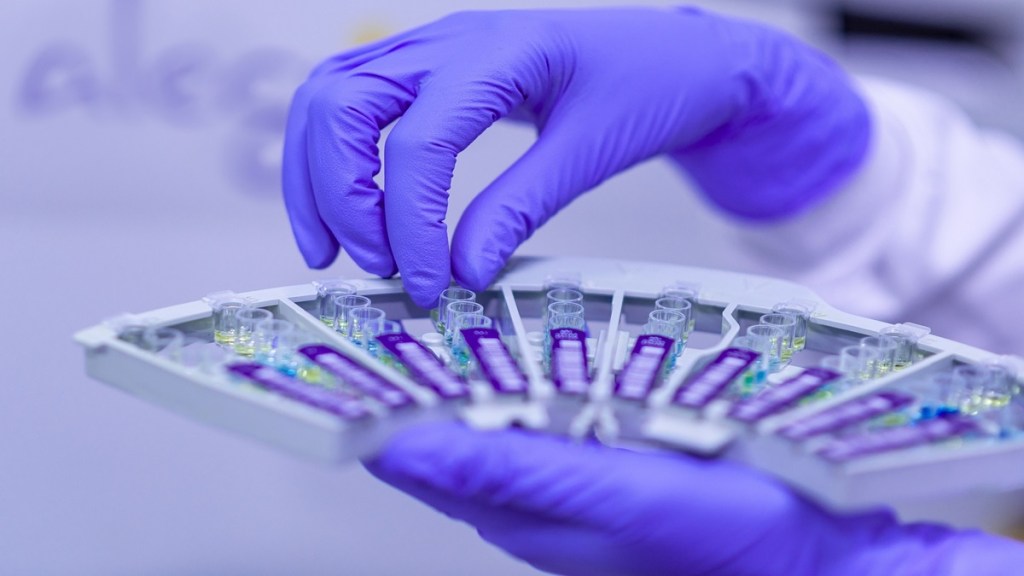By Saurabh Gupta
If there was any sector that led the pace of innovation and all-round transformation, it was the diagnostics sector of India. There are several technologies that penetrated at an unprecedented rate in the history of any country. Let’s take a stock at the most impactful ones which make us realize how far we have come.
Self-testing – the new Paradigm: This year started with the third wave surge, and for the first time home testing became the norm. India gave the power of self-diagnosis to its citizens which was never done for infectious disease, and it saw massive adoption by millions of Indians. It also paves the way for the detection of more serious diseases such as HIV, for which the first study was completed in the fourth quarter of the year. As the availability of home testing kits grows, people can test faster and at a lesser cost, and therapy can start faster.
Artificial Intelligence became Mainstream: This year,Indian start-ups working on breast cancer detection as well as TB, made AI mainstream and several AI technologies from India got regulatory as well as WHO approvals for the use in large national programs. This was a great example of Indian tech making its presence felt in improving health. Also, with image processing of self-test for Covid-19, this year has already been marked for the first mass use of AI in diagnostics in India.
Molecular Tests Riding the RT-PCR Wave: With Covid-19 pandemic, the RT-PCR machine base in India increased significantly. This is the year when clinicians started to use molecular tests for H1N1, chikungunya, dengue and many other diseases for accurate and fast result. Molecular diagnostics is becoming affordable and we see doctors will have more powerful diagnostics at their disposal.
Home-grown Tests for Major Diseases: India also developed ‘made- in -India’ tests for major diseases including latent TB, active Tuberculosis and multiple drug resistance and a diagnostic test for HPV (a precursor to cervical cancer) and several other tests.
New Players, Consolidation and IPO: The diagnostic industry had strong tailwinds this year. The diagnostic sector witnessed increased investment and new players making entry or increasing their presence. The new entrants include Adani Group, Tata Digital, Reliance industries, Lupin, Torrent, Apollo Hospitals, Redcliffe, among others. Several diagnostic players including Krsnaa Diagnostics, Vijaya Diagnostic Centre launched their initial public offering and Neuberg plans to do that soon.
Government Initiatives: Indian government took some very concrete steps in diagnostics including launching the mandatory listing of devices to make it safer for people. Also, extension of the Production Linked Incentive (PLI) Scheme was done and a revamped Medical Devices Promotion Council was created under Department of Pharmaceuticals. The government is focused on developing made in India diagnostics for national programs in its push towards technologies suitable for India.
This is a lot of progress made in just one year. We believe that this is the inflection point in the journey of Indian diagnostics sector and we will see more ground-breaking innovation that will not only drive the prices down but also improve access for all.
(The author is a Head of Strategy, Mylab Discovery Solutions. Views expressed are personal and do not reflect the official position or policy of the FinancialExpress.com.)









